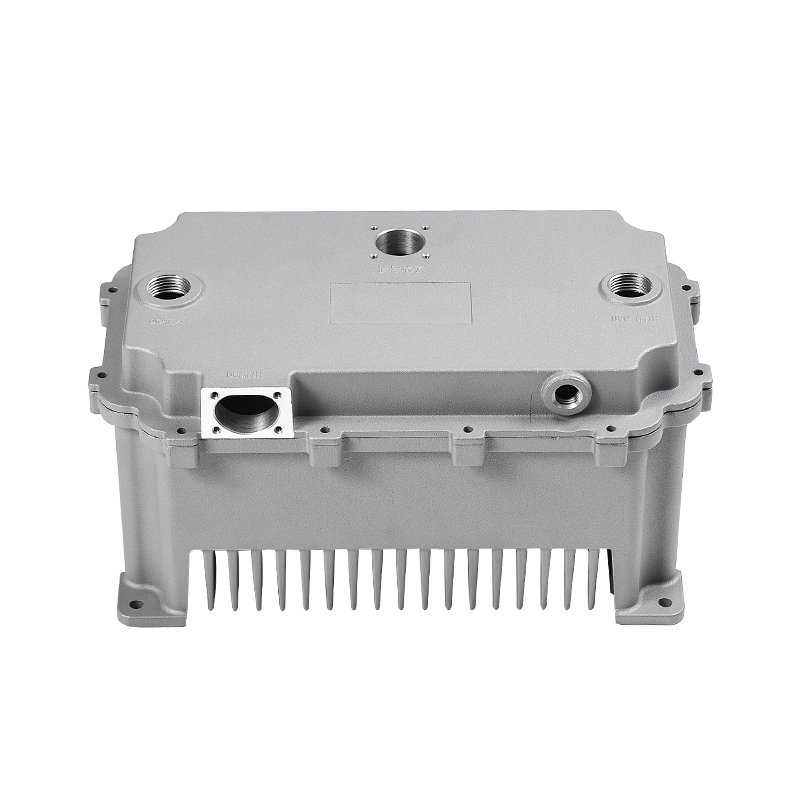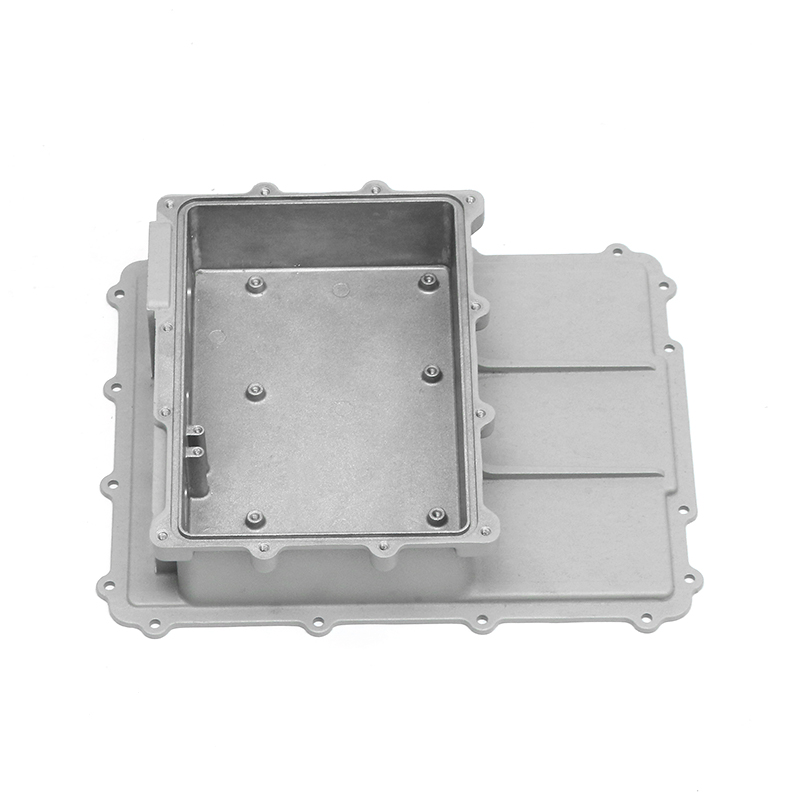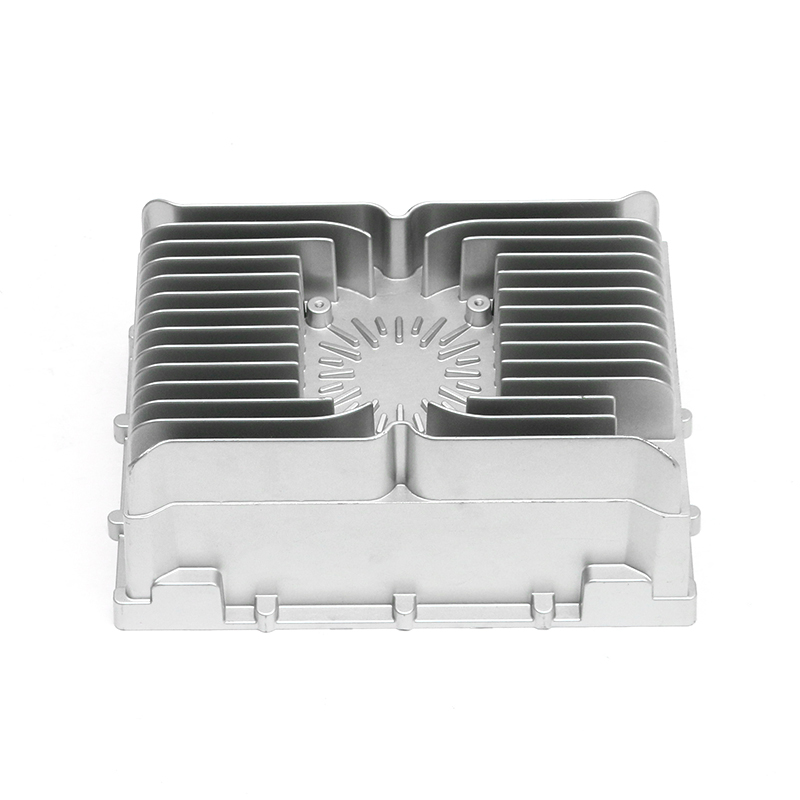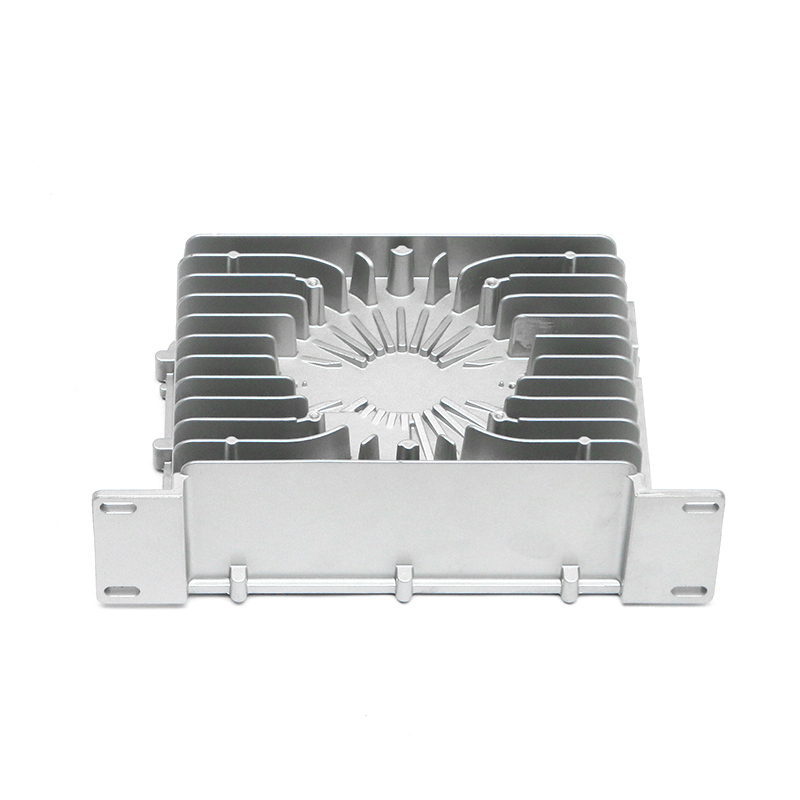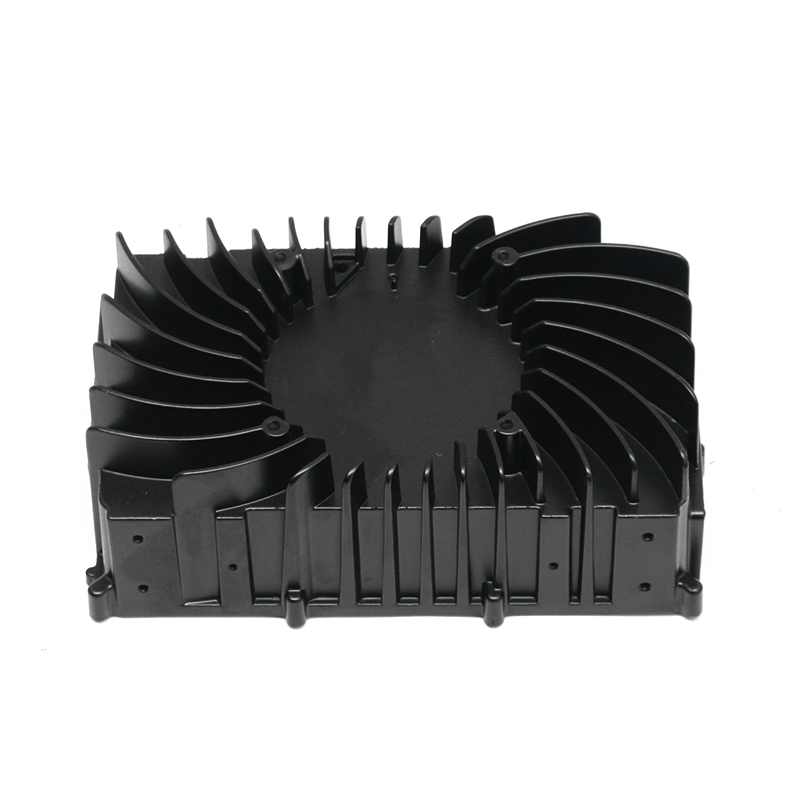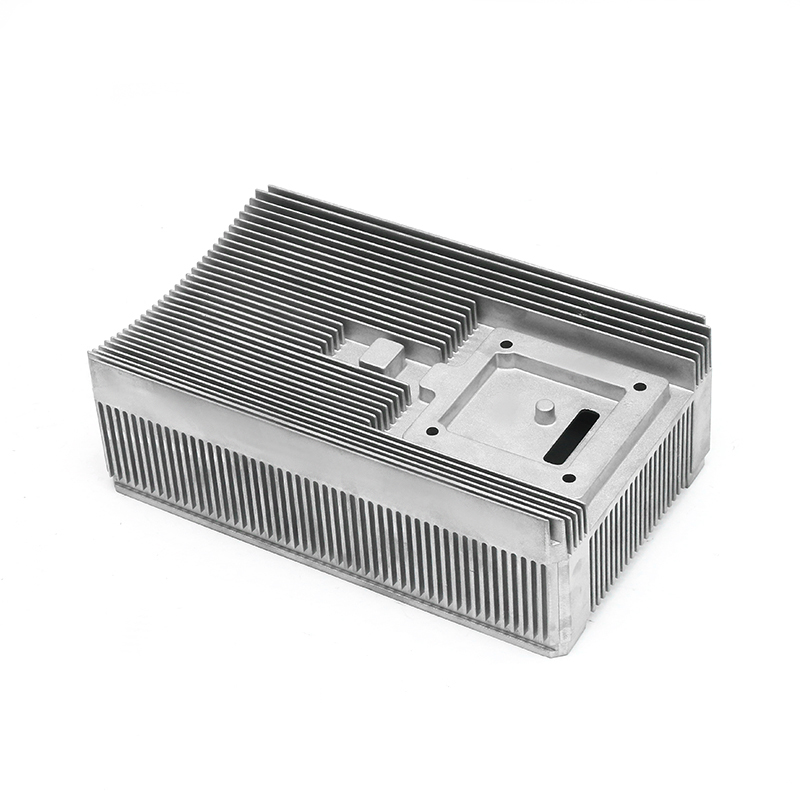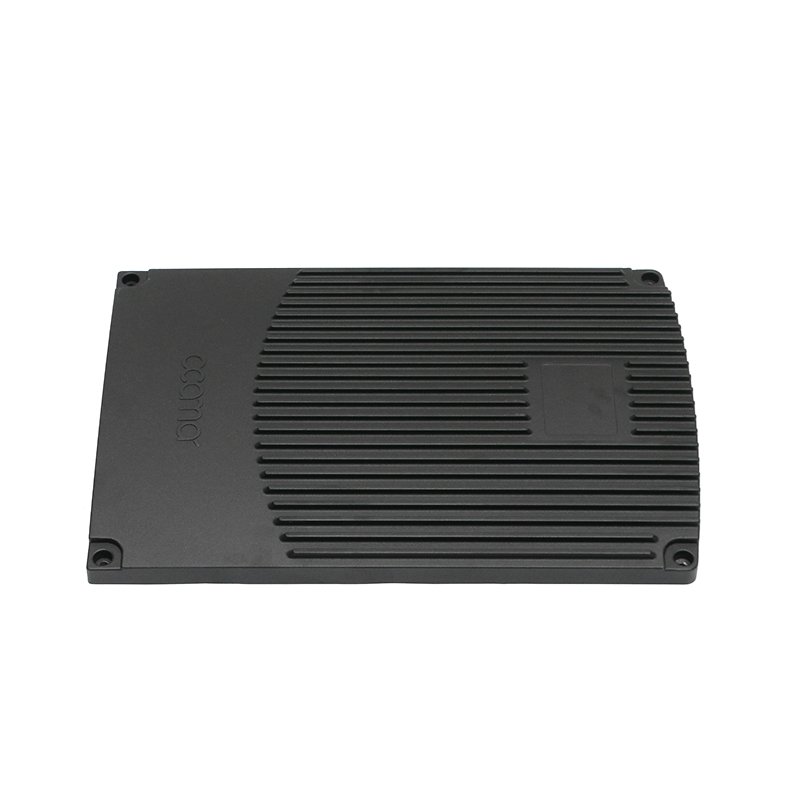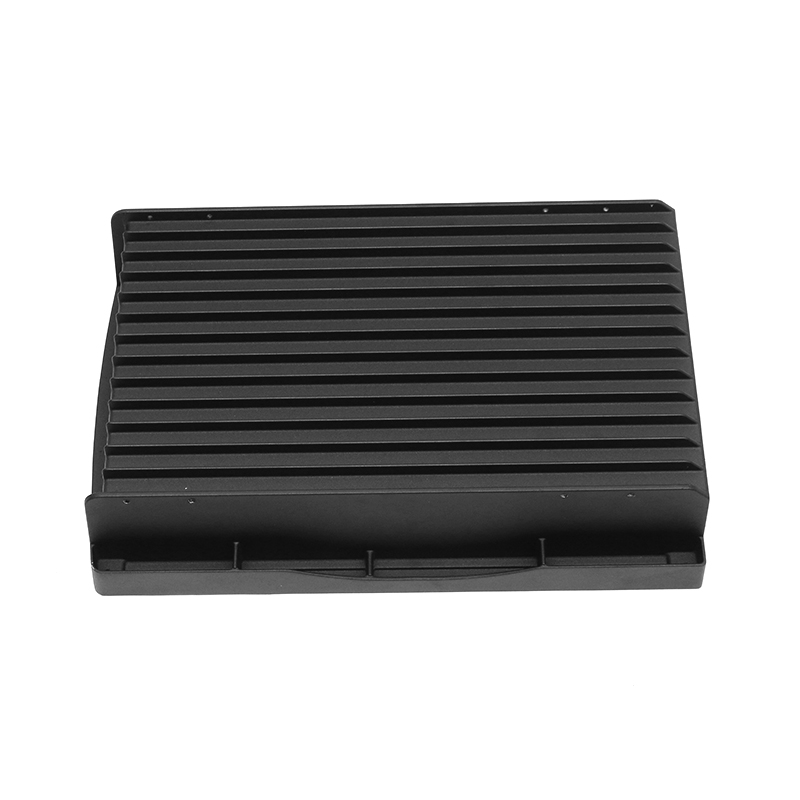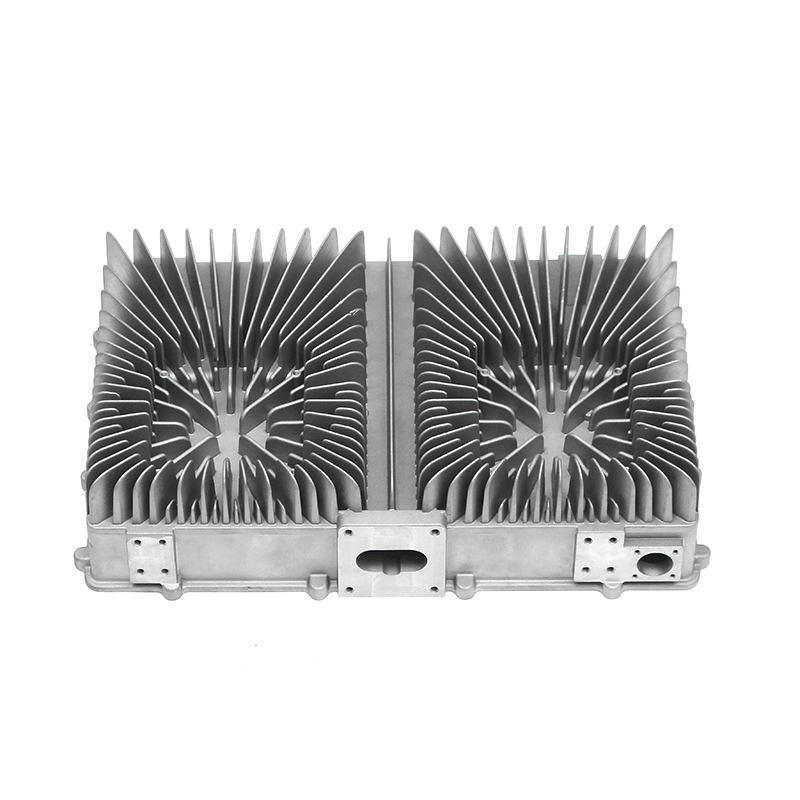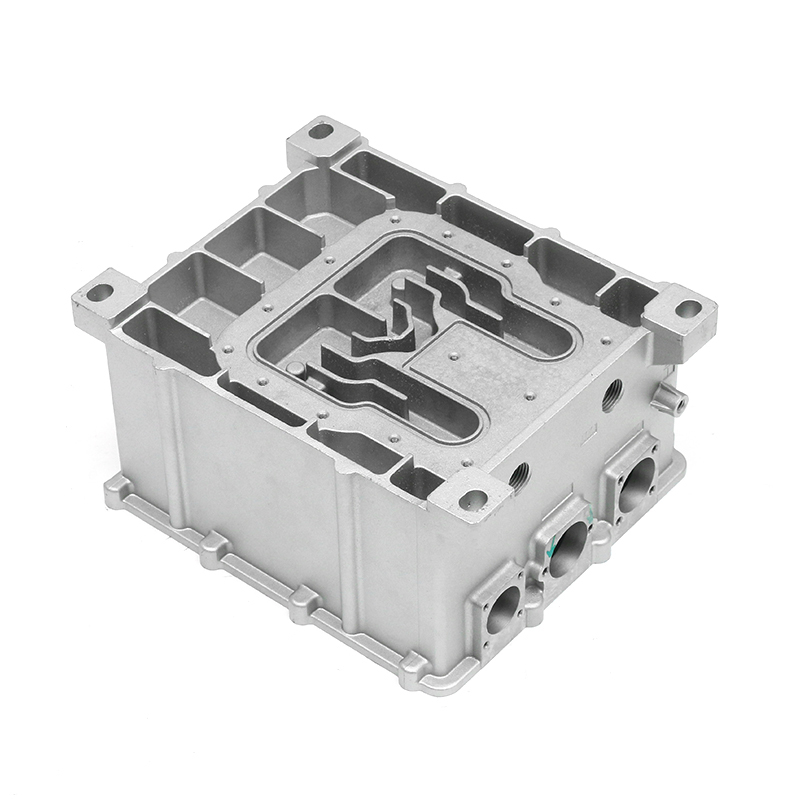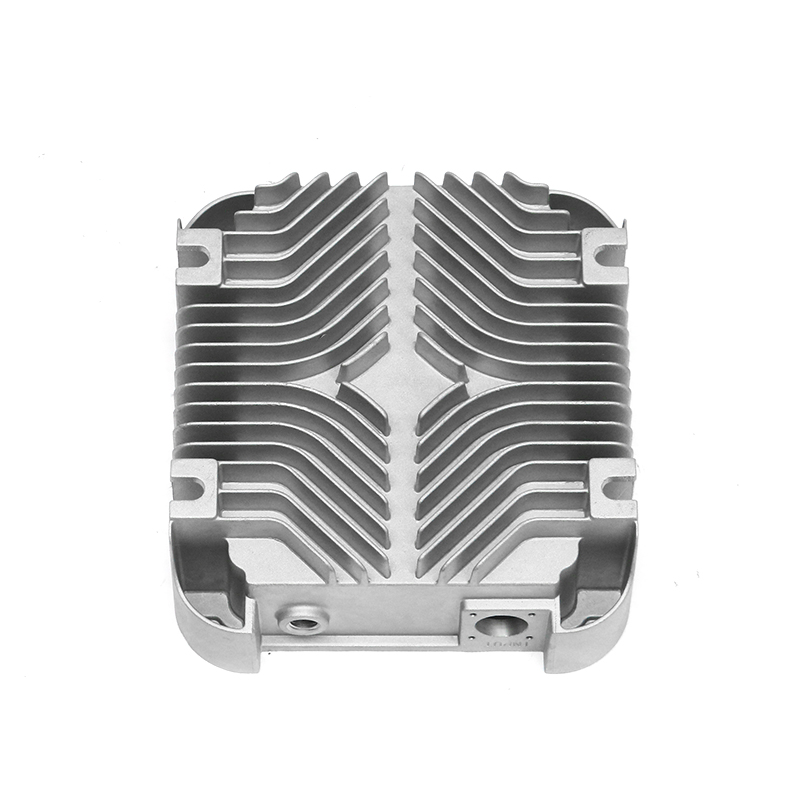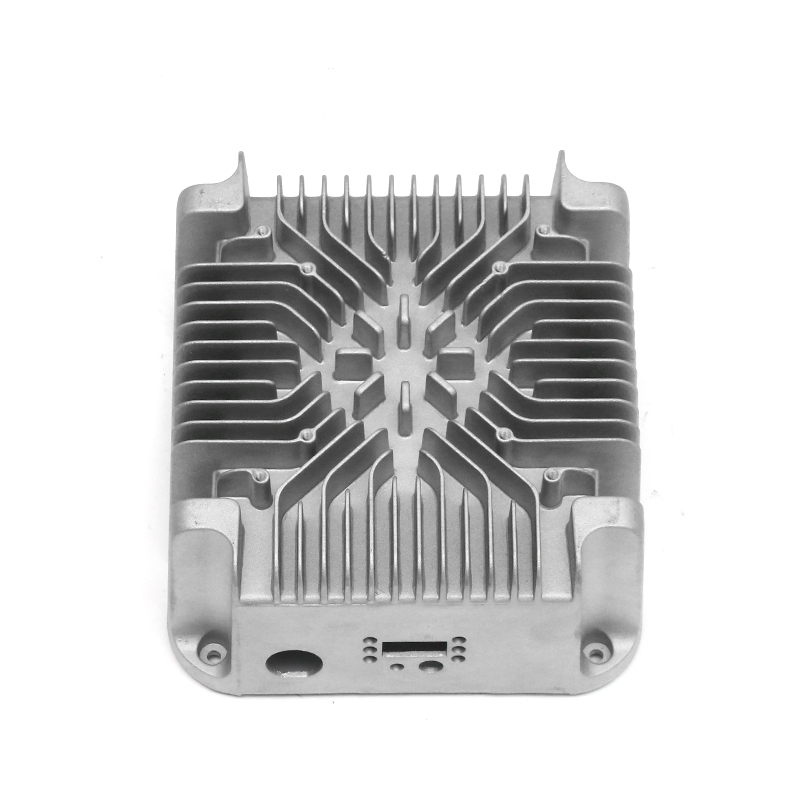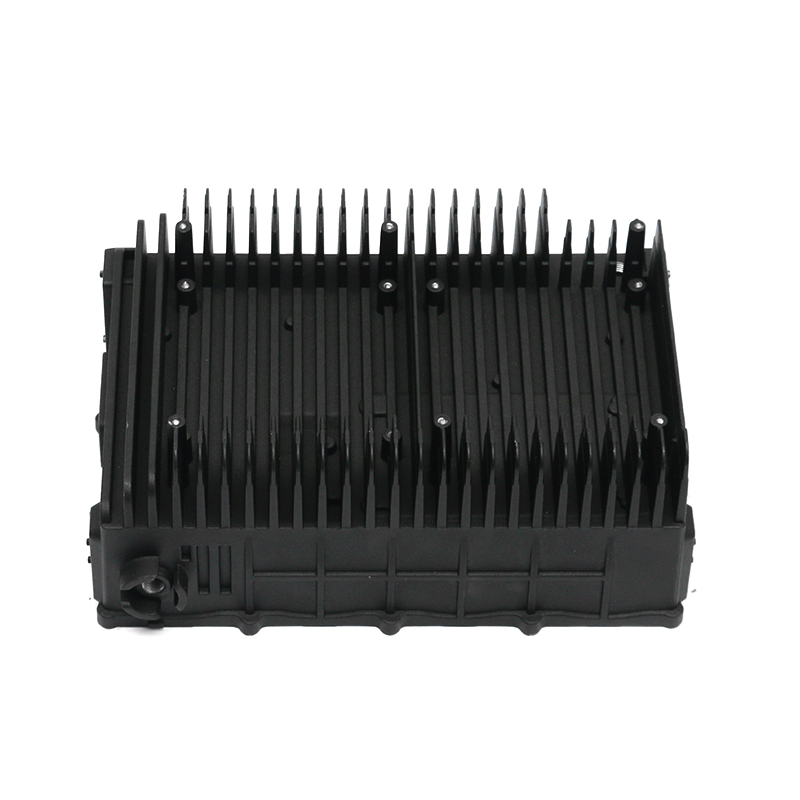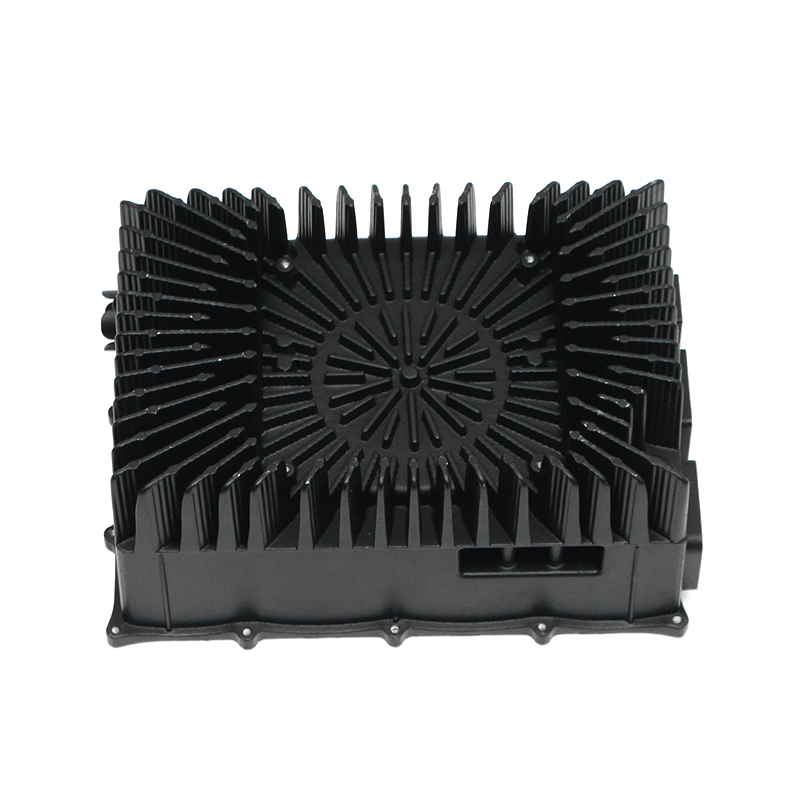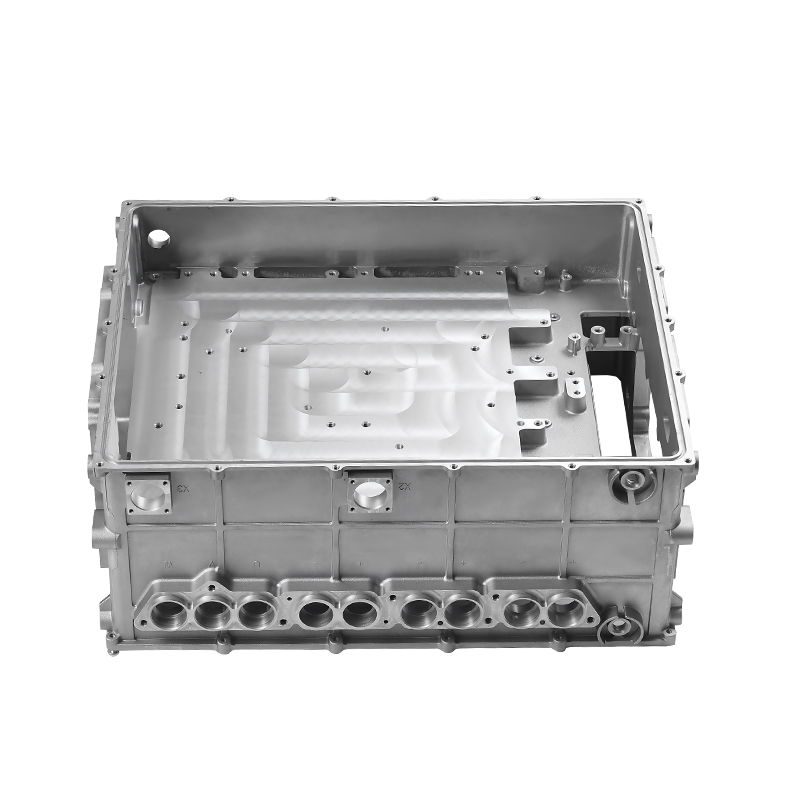The gearbox housing plays a key supporting and protective role in the entire gearbox system, and its design directly affects the rigidity and impact resistance of the gearbox. Reasonable structure and material selection can ensure that the housing remains stable when subjected to external impact and internal load, thereby improving the overall performance and service life of the gearbox.
A high-rigidity housing can reduce the deformation of the gearbox caused by vibration and load changes during operation, thereby improving the stability of power transmission. When the gearbox is running, the internal gear meshing will generate a large force, which requires sufficient support from the housing, otherwise it may cause the internal parts of the gearbox to be misaligned or abnormally worn. Therefore, the structural design of the housing needs to reasonably distribute the support points so that it can evenly withstand forces from different directions, avoid local stress concentration, and ensure that the gearbox can remain stable under various working conditions.
The impact resistance of the housing is also crucial, especially in complex use environments, where the gearbox may be subjected to severe external impacts, such as bumps on the road, sudden changes in load or other external forces. If the housing is not impact-resistant enough, it may be deformed due to external impacts, and even affect the normal operation of internal parts. Therefore, in the design of the shell, materials with a certain toughness are usually used so that they can effectively absorb energy when impacted instead of directly transferring it to the internal structure. In addition, a reasonable structural layout, such as reinforcing ribs or multi-layer support structures, can further enhance the shell's impact resistance, so that it can still maintain normal operation in sudden situations.
The choice of materials has an important impact on the rigidity and impact resistance of the shell. Usually, the shell is made of high-strength metal materials, so that it has good impact resistance while providing sufficient support. Different processing methods will also affect the final performance of the shell. For example, the casting process can improve the density of the material, thereby improving its strength and durability, while some special surface treatment technologies can enhance the shell's wear and corrosion resistance, so that it can maintain stable performance in different environments.
The internal structure design of the shell also needs to take into account the needs of rigidity and impact resistance. Reasonable internal reinforcement structure can effectively disperse the load, so that the shell is not easy to deform when subjected to external force. At the same time, certain support points are usually designed inside the shell so that it can fit more closely with the internal parts, thereby reducing loosening caused by impact or vibration. In addition, some housings are thickened in certain areas to enhance local bearing capacity, thereby improving the stability of the overall structure.
The design of the installation method and connection parts are also important factors affecting rigidity and impact resistance. A reasonable installation structure can ensure that the housing is tightly combined with other components to avoid affecting the normal operation of the gearbox due to looseness. At the same time, the fixing method of the housing needs to take into account the load changes in different environments to ensure that it will not be deformed or damaged due to stress accumulation during long-term use. In addition, some special connection methods, such as multi-point fixing or strengthening connectors, can also further enhance the stability and impact resistance of the housing.
Recommended Products
Products provided by famous enterprises are deeply trusted by users.
